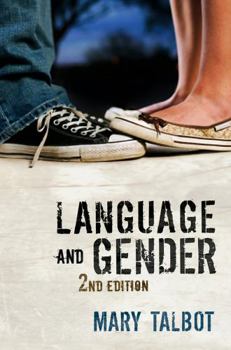Language and Gender
Select Format
Select Condition 
Book Overview
As in the first edition, the book is organised into three parts.An introductory section provides preliminary grounding in early'classic' studies in the field. In the second section, Talbotexamines the language used by women and men in a variety of speechsituation and genres. She addresses a range of issues and problems, including the difficulties arising from accounting for genderdifferences in terms of dichotomies like public vs private andinformational vs affective and, not least, the trouble with lookingfor 'differences' at all.
Talbot's emphasis, however, is on recent research. The last andlargest section examines not gender difference but the constructionand performance of gender in discourse. It includes new chaptersoutlining recent research on women's talk in public contexts and onlanguage, gender and sexualities. The section as a whole reflectsboth the high degree of interest in mass media and popular culturefound in recent language and gender research and the preoccupationwith discourse and social change that is central to CriticalDiscourse Analysis.
The second edition of Language and Gender will become akey textbook for undergraduates and postgraduates in linguistics, sociolinguistics, cultural and media studies, gender studies andcommunication studies. The book is usable by students for whom ittheir first, or only, contact with sociolinguistics.






